
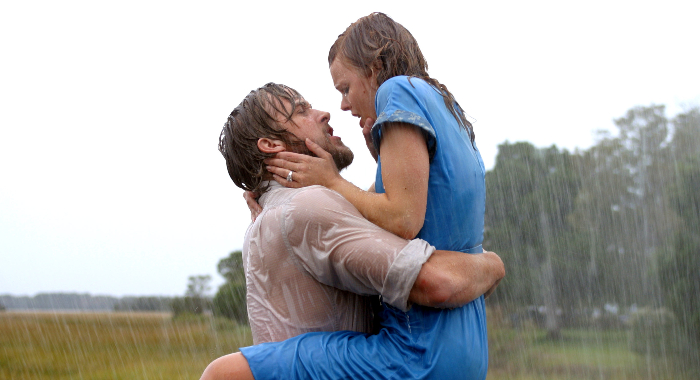
Weather can play a significant role in the success or failure of a film shoot. Whether it's a scorching heatwave, torrential downpour, or unexpected snowstorm, the weather can wreak havoc on a production schedule and even impact the narrative of the film itself. In this article, we will explore the various ways in which filmmakers can effectively manage the weather on film shoots, ensuring a seamless production process from start to finish.
Contents:
Weather is not just an inconvenience for filmmakers; it can also be a powerful storytelling tool. From setting the tone and atmosphere to creating dramatic tension, weather can significantly enhance a film's narrative.
However, alongside its narrative potential, weather can also present numerous challenges during film shoots. Extreme temperatures, sudden changes in conditions, and natural disasters can all pose significant obstacles to filmmakers. It is crucial, therefore, to be prepared and plan ahead to mitigate any potential disruptions.
Weather has the power to evoke emotions and enhance the audience's connection to the story. A bright sunny day can evoke feelings of happiness and joy, while a dark and stormy night can create an atmosphere of suspense and fear. By leveraging the impact of weather on the audience's mood, filmmakers can effectively convey the desired emotions and elevate their storytelling.
From The Notebook (2004) to The Revenant (2015), weather is used to exaggerate certain emotions and aid storylines.

While weather can add depth to a film's narrative, it can also pose significant challenges during production. Unpredictable weather patterns, extreme temperatures, and natural disasters can all disrupt shooting schedules and create logistical nightmares for filmmakers. Additionally, adverse weather conditions can pose safety risks to the cast and crew. It is essential, therefore, to identify potential weather-related challenges and have contingency plans in place.
One particular challenge that filmmakers often face is shooting in extreme temperatures. Whether it's scorching heat or freezing cold, extreme weather conditions can take a toll on both the equipment and the crew. In hot climates, cameras and other electronic devices can overheat, leading to technical malfunctions and delays. On the other hand, in freezing temperatures, batteries drain faster, and delicate equipment can become brittle and prone to damage. Filmmakers must carefully consider the impact of extreme temperatures on their production and take necessary precautions to ensure the smooth running of the shoot.
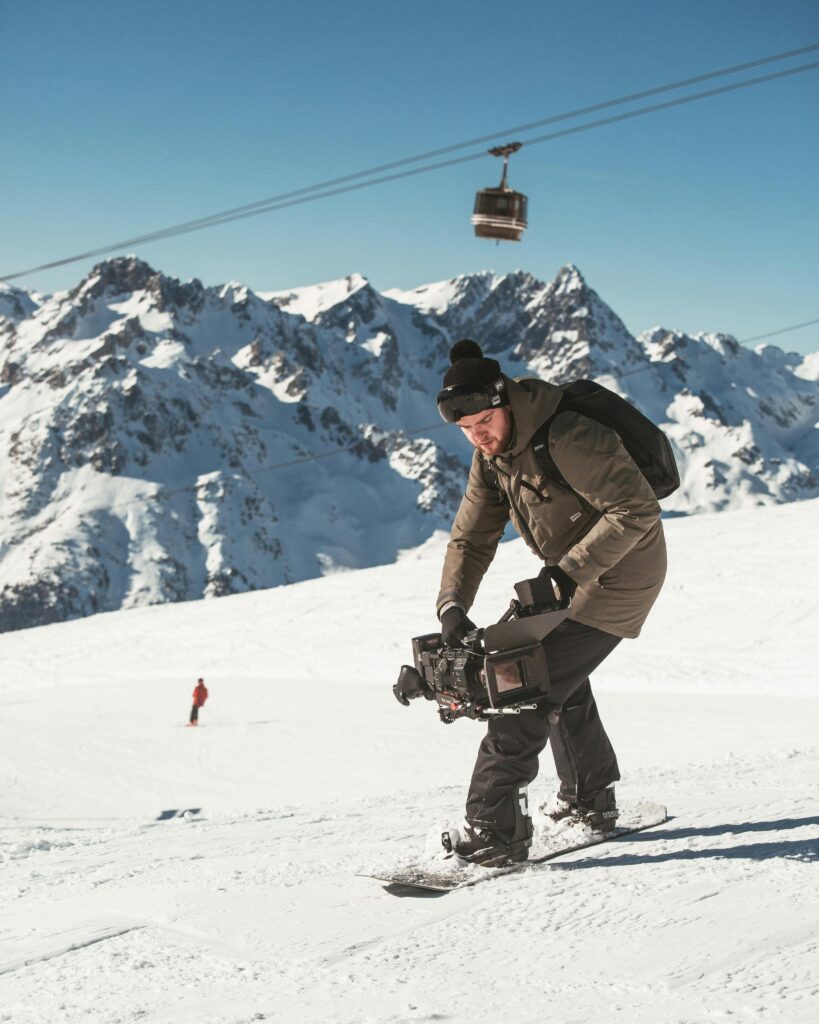
Another weather-related challenge that filmmakers encounter is the unpredictability of weather patterns. Even with advanced weather forecasting technology, it is impossible to accurately predict every change in weather conditions. This unpredictability can be particularly frustrating when shooting outdoor scenes that require specific weather conditions. For example, a scene that calls for a light drizzle may be ruined by an unexpected downpour. To mitigate this challenge, filmmakers often rely on flexible shooting schedules and have backup plans in place, such as using artificial rain or adjusting the scene to fit the current weather conditions.
SuperScout is your own private location library – upload locations in minutes, tag them with ai in seconds, then search and share with your team

One of the first steps in managing the weather on film shoots is thorough pre-production planning. Here are some key considerations:
Each location has its own unique weather patterns and microclimates. It is crucial to thoroughly research and understand the weather conditions of the shooting locations. This will help in anticipating and planning for any potential weather-related challenges that may arise during the shoot.
Delving deeper into the local climates involves not only looking at historical weather data but also consulting with meteorologists or local experts who have a deep understanding of the region's weather patterns. Try to obtain information including average temperature, precipitation levels, humidity, wind patterns, and any seasonal variations. By gathering as much information as possible, filmmakers can make informed decisions and mitigate any unforeseen weather disruptions that could impact the production schedule.
When creating the shooting schedule, it's important to consider the weather conditions that will best complement the scenes being filmed. For example, a sunny day may be ideal for a joyful outdoor scene, while a cloudy day may enhance the mood for a dramatic confrontation. By strategically aligning the shooting schedule with the desired weather conditions, filmmakers can maximize the visual impact of their scenes.
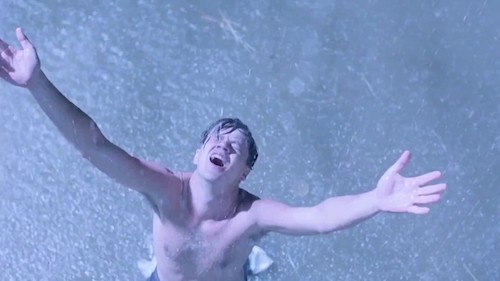
Furthermore, it is essential to have contingency plans in place for unexpected weather changes. This could involve having alternative indoor locations ready in case of rain or extreme weather conditions, or being flexible with the shooting schedule to accommodate sudden shifts in the weather forecast. Adapting to changing weather conditions on set requires quick thinking and effective communication among the production team to ensure the smooth running of the shoot.
No matter how well-prepared you are, the weather can still throw unexpected curveballs during production. To manage such contingencies, consider the following:
When planning for a film shoot, especially one that is dependent on outdoor locations, it is crucial to account for the unpredictable nature of weather. Even with advanced weather forecasting technologies, sudden changes in weather patterns can disrupt the best-laid plans of filmmakers and production crews. Therefore, having a comprehensive weather contingency plan in place is essential to mitigate any potential risks and ensure the success of the shoot.
Always conduct a location recce beforehand so that you can properly visualise how weather will affect your shoot. Look out for aspects such as the availability of shade, materials such as tin roofs that may cause noise disruption with rain, and heating facilities.
Prepare a backup plan in case the weather conditions are not suitable for shooting. Identify alternative indoor locations or reschedule scenes to a different day when the weather is more cooperative. By having a well-thought-out backup plan, you can reduce production delays and ensure the shoot stays on track.
Weather forecasts can change rapidly, so be prepared to adapt your plans accordingly. Consider scouting multiple locations to provide options based on the weather forecast closer to the shoot date.
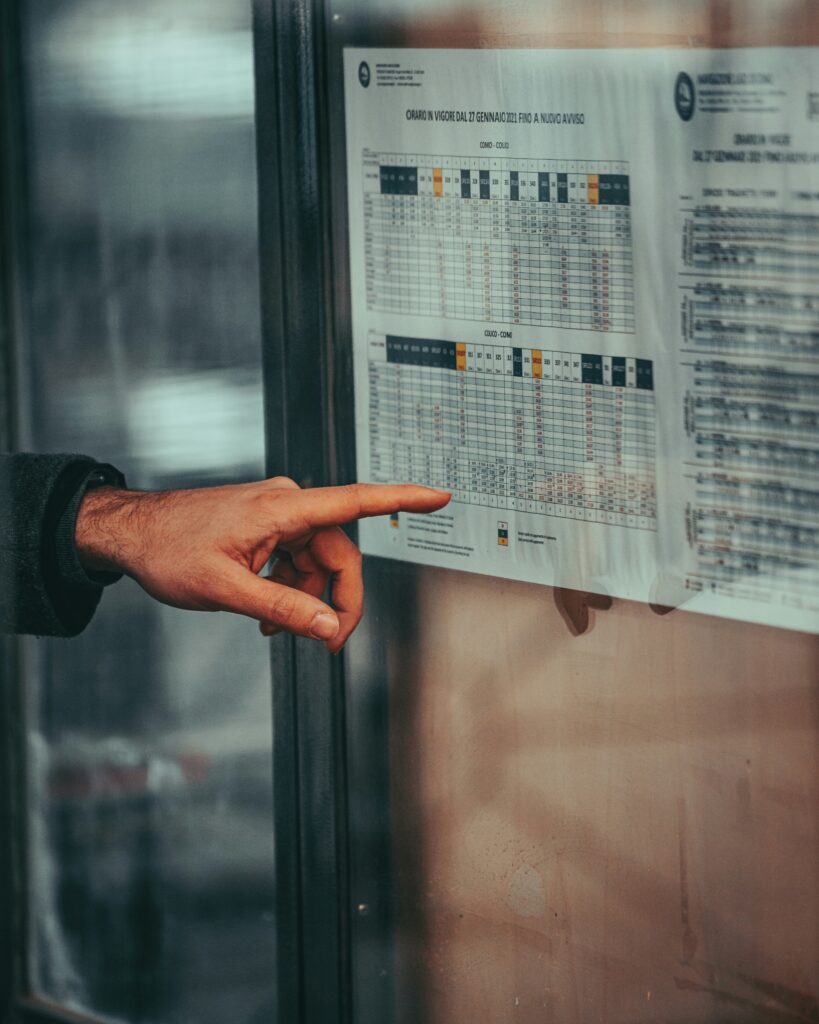
Moreover, it is advisable to have a dedicated team member responsible for monitoring weather updates leading up to and during the shoot. This individual can provide real-time information on any impending weather changes, allowing the production team to make informed decisions promptly. Additionally, establishing clear communication channels within the crew regarding the weather contingency plan can help streamline the implementation process when unforeseen circumstances arise.
Always prioritise the safety of cast and crew. If weather conditions pose a risk to the safety of individuals or equipment, be prepared to postpone filming or implement additional safety measures as needed.
Obtain the necessary insurance coverage to protect against weather-related disruptions. This may include coverage for delays, damaged equipment, or unforeseen expenses caused by adverse weather conditions. Whether you're working on a low-budget film or a Hollywood production, it's important that you consult with an insurance expert to understand your options and tailor a policy that suits your specific production needs.
Furthermore, when selecting an insurance policy for weather contingencies, it is essential to review the terms and conditions carefully. Some policies may have specific exclusions or limitations regarding weather-related claims, so it is crucial to clarify any ambiguities with the insurer beforehand. By ensuring that your insurance coverage adequately addresses potential weather disruptions, you can safeguard your production budget and minimise financial risks associated with unforeseen weather events.
While it's impossible to control the weather, there are practical steps you can take to minimize its impact on your film shoot:
Weather can be a fickle beast, especially when you're trying to capture the perfect shot. In the UK, where rain is a common occurrence, filmmakers often have to adapt quickly to changing weather conditions. This can mean having waterproof gear at the ready or being prepared to pause filming until the weather clears up.
Extreme weather can damage expensive film equipment. Invest in protective cases, covers, and waterproofing materials to safeguard your gear. It's also important to have a designated space, such as a tent or shelter, where equipment can be stored safely during adverse weather.
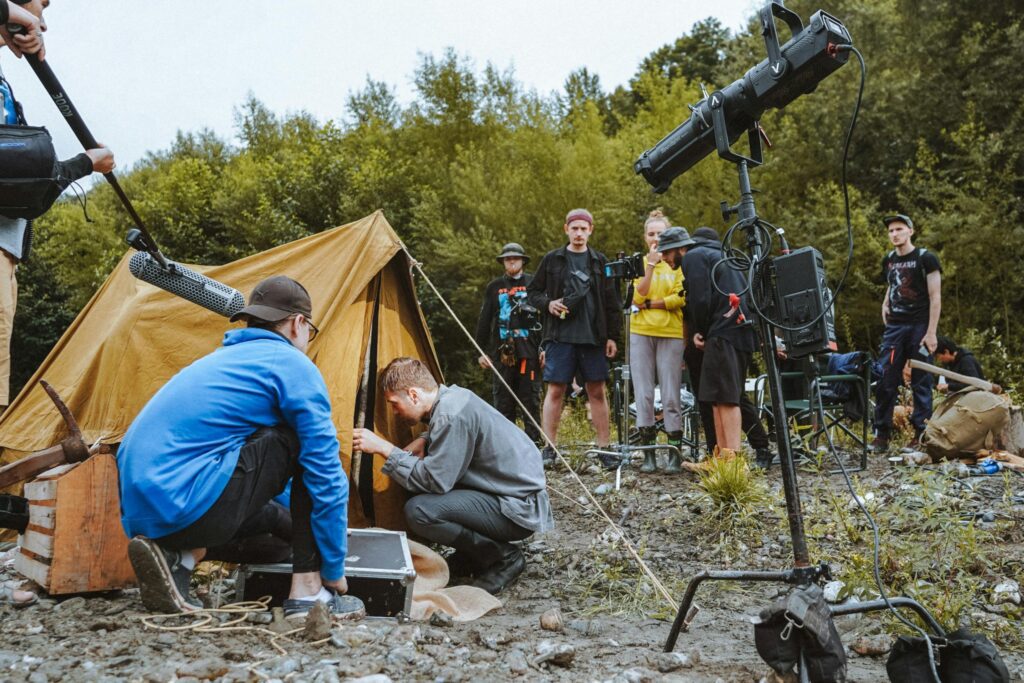
When filming in unpredictable weather, it's essential to have backup equipment on hand. This could include extra cameras, lenses, and batteries in case the weather causes technical issues with your primary gear. Being prepared for any eventuality can save you time and money in the long run.
The safety of your cast and crew should always be a top priority. Establish safety protocols for dealing with extreme weather, such as heatwaves, heavy rain, or high winds. Provide adequate shelter, hydration, and protective clothing to ensure the well-being of everyone involved in the shoot.
In the UK, health and safety regulations are strict when it comes to working in adverse weather conditions. It's important to have a designated first aid kit on set, as well as access to emergency services if needed. Keeping your crew informed and prepared for any weather-related risks is key to a successful and safe shoot.
Even after the shoot is complete, weather can still play a role in the post-production process. Here are a couple of factors to consider:
During the editing phase, filmmakers can enhance the visual impact of their film by incorporating weather-related effects. Whether it's adding rain or snow, adjusting lighting conditions, or creating weather-related sound effects, post-production editing offers endless possibilities to elevate the film's atmosphere and storytelling.
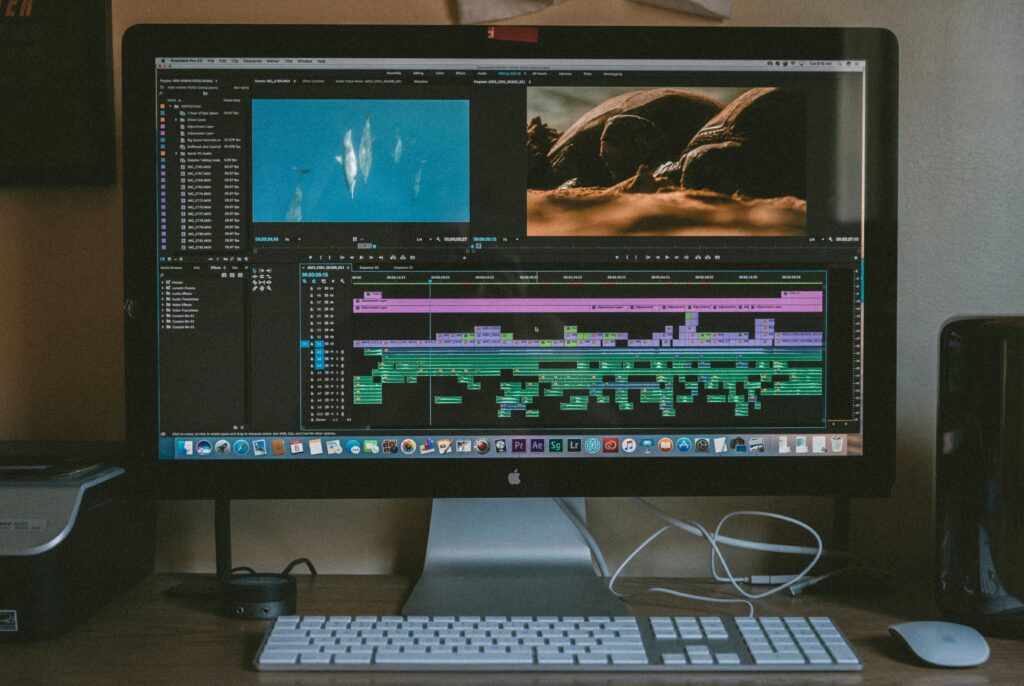
Furthermore, weather effects can be used symbolically to reflect the emotional journey of the characters. For example, a sudden storm could mirror a character's internal turmoil, while a bright sunny day could signify a moment of joy and clarity. By strategically using weather effects in post-production, filmmakers can deepen the audience's connection to the story and characters.
If any weather-related issues were encountered during the shoot, post-production is the time to address and rectify them. Visual effects, color correction, and audio editing can help to seamlessly blend any inconsistencies caused by adverse weather conditions, ensuring a cohesive final product.
In addition to fixing weather-related issues, post-production also allows filmmakers to experiment with creative weather effects that were not possible to capture on set. This could involve adding fantastical elements like swirling winds or mystical fog to enhance the film's visual appeal and narrative depth.
Managing the weather on film shoots may seem daunting, but with careful planning, contingency measures, and a dose of adaptability, filmmakers can navigate through any weather-related challenges.
By harnessing the power of weather as a storytelling tool and being prepared for its impact, filmmakers can create visually stunning and emotionally captivating films, ensuring a remarkable cinematic experience for the audience.
SuperScout is your own private location library – upload locations in minutes, tag them with ai in seconds, then search and share with your team

